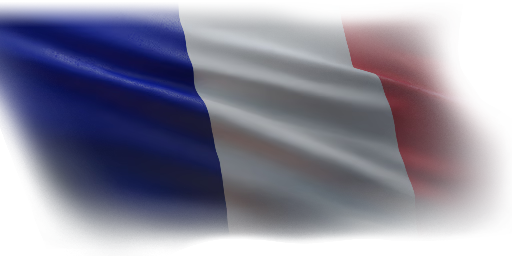
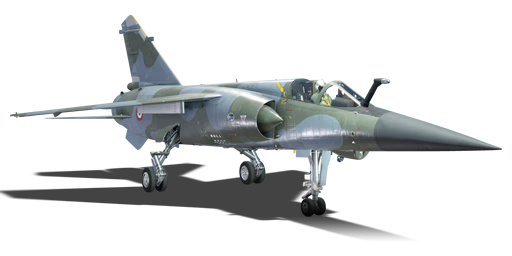


In July 1984, the new Mirage 2000 was starting to enter service with the French Air Force to replace the Mirage F-1C-200s in the frontline fighter role. As a result, the French Air Force was now left with a lot of leftover Mirage F1Cs to mothball, and in 1988 a program was launched to convert these F1Cs into a frontline ground attack aircraft to replace the ancient Mirage IIIEs and few Mirage 5s used by France in that role at the time. The Mirage F1CT program brought the avionics of the F1C up to the standard of the F1CR (reconnaissance variant), with the radar upgraded to the Cyrano IVM-R standard, adding a plethora of new air-to-ground modes for ground attack. In addition, an improved navigation/attack system outfitted with a laser rangefinder was installed under the nose for low-altitude interdiction, navigation, and the delivery of laser guided ordnance. The defensive suite was also overhauled with a new RWR, enlarged chaff/flare dispensers for SEAD missions, and modernized communication systems were also added. As a result, the Mirage F1CT also gained the ability to carry a variety of air-to-ground weapons, including rockets, cluster bombs and laser-guided bombs, all while retaining the original air-to-air armament of the F-1C fighter variant.
Introduced in Update "Danger Zone", the Mirage F1CT acts as the best Mirage F1 variant for air-to-air combat, despite being in the attacker line in the tech tree. This is due to having the better RWR system of all the Mirage F1s. The F1CT can also perform better at air-to-ground than the other models in-game, due to the larger bomb load, allowing it to carry more freefall ordnance. All in all, the F1CT acts as a nice sidegrade to the Mirage F1s in the other parts of the tree, or for people who want a Mirage F1 quickly, a more easily acquirable one from the shorter attacker line rather than the fighter line which the Mirage F1C is found in.
flaps
flaps
flaps
brake
| Belt | Belt filling | Armor penetration (mm) at a distance: | |||||
|---|---|---|---|---|---|---|---|
| 10 m | 100 m | 500 m | 1000 m | 1500 m | 2000 m | ||
| API-T/HEI/HEF | 35 | 32 | 21 | 13 | 8 | 5 | |
| HEI/API-T/API-T/API-T | 35 | 32 | 21 | 13 | 8 | 5 | |
| HEF/HEI/HEF/HEI/API-T | 35 | 32 | 21 | 13 | 8 | 5 | |
| HEF/HEI | 4 | 4 | 3 | 3 | 3 | 3 | |
| Name | Weight | Slot | ||||||
|---|---|---|---|---|---|---|---|---|
| 89 kg | 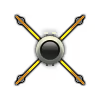 |  | ||||||
| 247 kg |  |  |  |  |  | |||
| 247 kg | 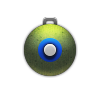 |  |  |  |  | |||
| 400 kg |  |  |  |  |  | |||
| 400 kg | 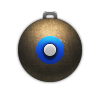 |  |  |  |  | |||
| 240.9 kg |  |  |  |  |  | |||
| 446.8 kg | 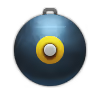 |  |  |  |  | |||
| 36 × | 181.8 kg |  |  |  |  | |||
| 18 × | 90.9 kg |  |  |  |  | |||
| 193.5 kg | 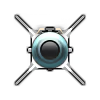 |  | ||||||
| 193.5 kg | 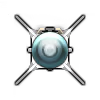 |  | ||||||
| 245 kg | 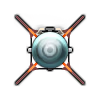 |  | ||||||
| 2 × | 481.8 kg | 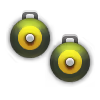 |  | |||||
| 893.6 kg | 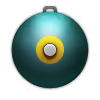 |  |  | |||||
| Drop tank (1200 liters.) | 135 kg |  |  |  | ||||
| 4 × | 963.6 kg | 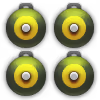 | ||||||
| 4 × | 1,600 kg | 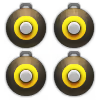 | ||||||
| 4 × | 1,600 kg | 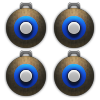 | ||||||
| 2 × | 893.6 kg | 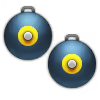 | ||||||
| 2 × | 1,787.2 kg | 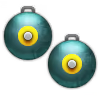 | ||||||












Flight performance |
|---|
Survivability |
|---|
Weaponry | ||||
|---|---|---|---|---|
